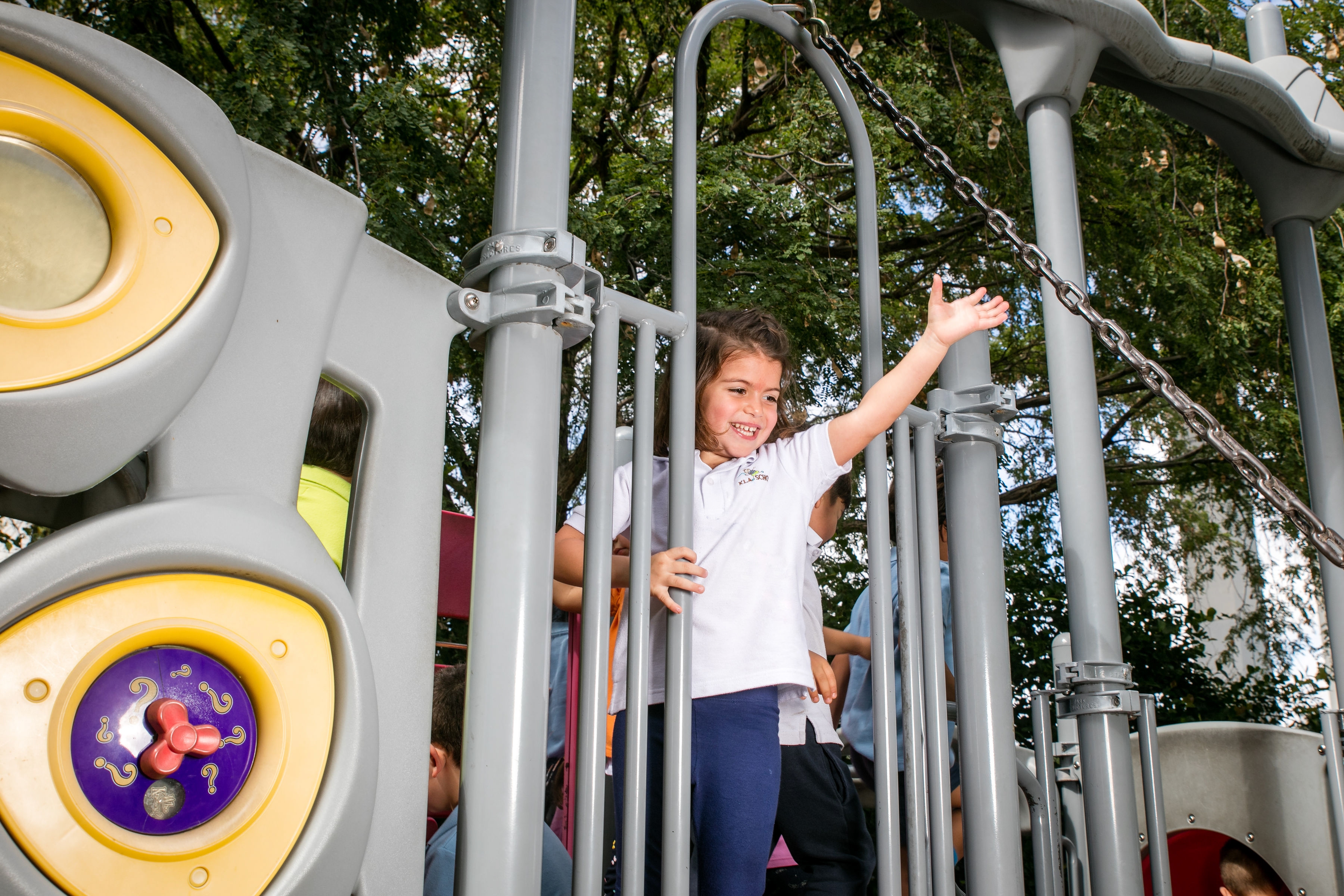Helping Your Child Stay Safe Online
Today’s preschooler is surrounded by technology, and may already have experience accessing the internet to watch videos or play games.
However limited your preschooler’s internet exposure, there are still inherent risks involved. For example, your child may encounter content they find confusing or disturbing, they may come into contact with strangers, or they may accidentally make an in-app purchase.
Here are some ways you can help your young child stay safe online.
1) Understand the apps on your child’s device
Whether your child has their own kid-friendly tablet, or uses your phone to take selfies with you, be aware of the functionality of all devices your child encounters. Check to see if the device can do things such as take photos or videos, share photos or videos, search the internet, download apps, or send and receive instant messages.
2) Activate parental controls on all of your devices
Nearly all popular devices such as smartphones and tablets come equipped with parental controls. You can use this feature to enable a passcode, disable in-app purchases, and control what age-level media will be shown on that device. On apps such as Netflix, you can create user accounts specifically for your child.
Additionally, you may want to investigate software tools that can add an extra layer of security to your family’s computer or tablet. For example, Net Nanny masks profanity, monitors social media, and sends reports about your child’s online activity.
3) Determine if any other devices in your home connect to the internet
Thanks to “the Internet of Things,” many of our everyday household devices connect to the internet and share data. While most of these devices pose no threat to your child’s online safety, it’s a good idea to investigate the functionality of these items.
For example, does your e-book reader have Wi-Fi access? Does your family video game console have a microphone enabled? Does your computer monitor have a built-in webcam? Review the features for your internet-connected household devices to ensure all security settings are up to date, and understand what personal information is being collected.
4) Restrict website access
Depending on your child’s age, they may already know how to access the internet and search for songs, games, photos, or videos. You can help your child stay safe online by restricting their access to certain kid-friendly sites. Some examples include:
- Kiddle – A safe, child-friendly, visual search engine powered by Google.
- National Geographic Kids – Games, videos, and articles teach children about the world and how it works.
- PBS Kids – Age-appropriate games and videos featuring some of your child’s favorite characters.
- NetSmartzKids – Aimed at children ages 5-17, NetSmartzKids offers age-appropriate videos and games to help teach internet safety.
5) Monitor your child when they’re using a device
As a parent or caregiver, you are your child’s main source of information about internet safety. Ensuring that your child is not using an internet-connected device unsupervised is beneficial for both of you. Not only will you rest easy knowing what your child is doing, but your child can also ask you questions about the apps or websites they are visiting. You can also more easily keep an eye on the amount of screen time your child is getting.
The internet has the potential to help your preschooler learn more about their world and learn important skills. By understanding your devices, setting parental controls, and monitoring your child’s internet use, your young child can stay safe while playing videos and games online.

